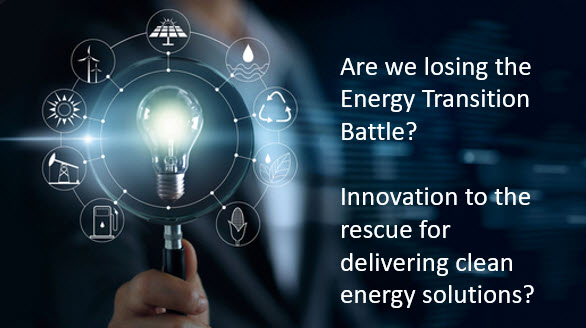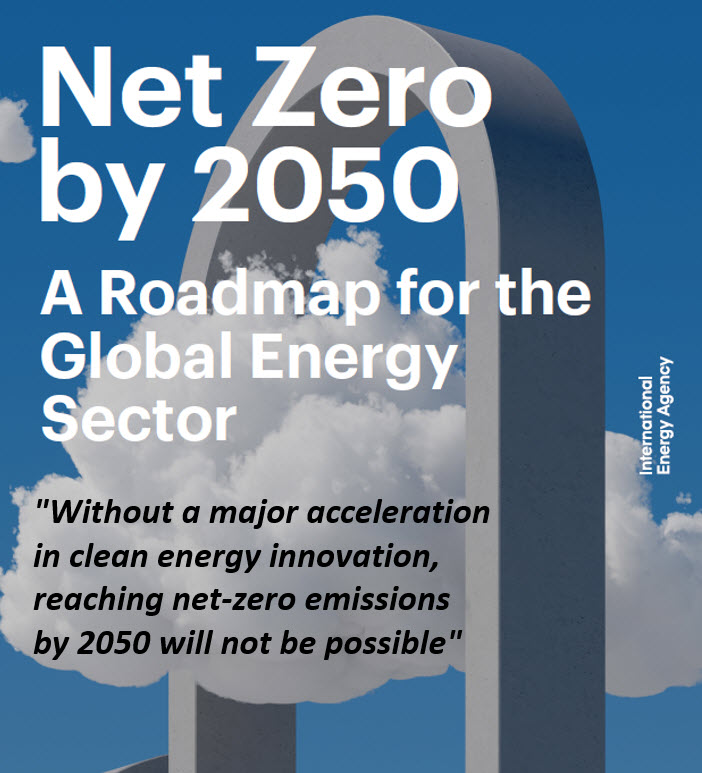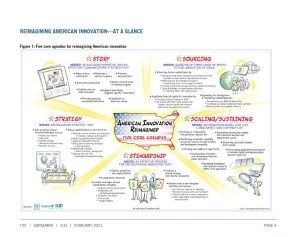
I lived for about fifteen years in Asia and the before, and in the in-between period, I travelled around the region a fair amount.
Today less so, but ask me where I want to go, and it is back to my city for twelve plus of those years, Singapore.
Some events today set me thinking that resulted in re-issuing this post, shortening it down a bit. Often we do not stop and think of the real differences culturally in how we want to0 engage and build relationships between the East and the West
Participating in business and engaging socially with Asia, watching how Asia has evolved has been a real experience that stays with you as something hugely valuable. It partly shapes your thinking and how you look at things going on in the world. Continue reading “East meets West in understanding Innovation Cultural Orientation”



 The growing fears are that we are falling behind the need to meet the Energy Transition required goals to the World has agreed to by 2050, set to meet the Paris Climate Agreement.
The growing fears are that we are falling behind the need to meet the Energy Transition required goals to the World has agreed to by 2050, set to meet the Paris Climate Agreement.


